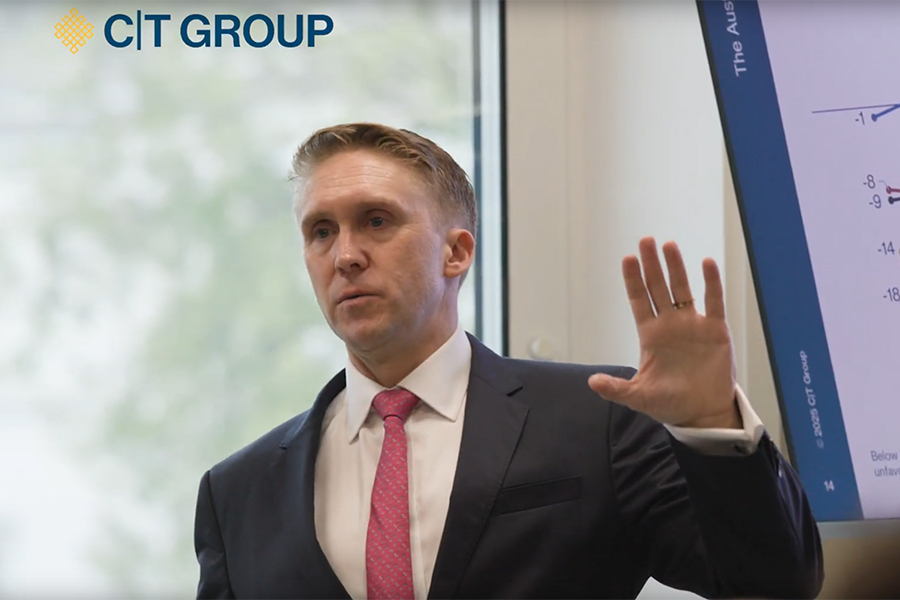Media risks drawing the wrong lessons from America’s polling fiasco

JB Priestley, the novelist and playwright, was being mischievous when he said that “public opinion polls are rather like children in a garden, digging things up all the time to see how they’re growing”. Of course, he was spinning a yarn but there is an element of truth to what he said because it is crucial to understand what polling is and what it isn’t. There is a consequence as to how polling is interpreted and the commentary and actions that follow.
A poll is a mathematical tool. It is carried out and applied at a particular time, it measures certain things. So, its use is to provide insight which can be acted upon. That insight has consequences.
In the US election — and indeed for a period of time now — public polls have become part of the political process, in part to fill the huge desire for content which has been created by the massive growth of social and digital media and, in part, because some journalists use polls as a proxy for what is happening in the electorate without actually understanding voters’ intentions, instead of finding out for themselves by engaging with real people in the cities, suburbs, towns and villages of the US or the UK.
Anyone involved in the detail of well-run election campaigns knows there is a big difference between the internal polling you utilise to run a campaign and the polling commissioned and reported by the media.
The data which polls produce needs careful and considered interpretation. Someone who truly understands polling knows its limitations and how it should be used. Even Wikipedia notes polling’s potential for inaccuracy, citing a range of factors which most commentators ignore or fail to understand.
Among these are “margins of error due to sampling, nonresponse bias, response bias, wording of questions, involuntary facades and false correlations and coverage bias”.
In America, the Pew Research Centre found that presidential polls in 2016 did not include sufficient white, non-college educated women, which meant they understated Trump’s support. All polling contains a margin of error dependent upon the sample size, sample make-up and numerous assumptions. Not all polls are the same.
All these things need to be factored in to understand how to interpret polling data. You need professionals to analyse it, otherwise there are risks of misunderstanding public sentiment at a given moment and in a given context.
In the UK, the 2015 general election was another contest where published polling was called into question by the eventual result. CT Group ran the campaign and conducted private polling for David Cameron and the Conservative Party. We provided strategic counsel and ran the campaign on that basis and our polling was used to deliver the outcome.
I vividly remember a broadcast journalist ringing me during the campaign and saying: “I’ve been on the road for two weeks and I don’t care what the polls say. I can tell that something is happening and I think that the Conservatives are going to win.”
He was right. Sometimes you need to investigate and understand what is happening for yourself. This particular journalist went out on the road and talked to people. He engaged with ordinary voters and held conversations to gather his own intelligence and insight, which evolved as he spoke with more people.
Polling is an important part of the democratic political process. It informs strategies and it provides a snapshot of public thinking at a specific time and place. To write off polling would be a mistake because it is an essential way in which we can understand evolving opinion and what drives that opinion.
Where understanding goes awry is when polling is used for purposes it was never intended and for insight that does not exist. It does not provide magic elixirs or short cuts to predicting election results. In the hands of the malevolent it can be misused.
It would be foolish and unhealthy for people to disengage with polling because they misunderstand it. We must make sure that doesn’t happen. The real skill is in interpreting and understanding the insight that the polling data provides.
This article was published in The Times of London and The Australian in December 2020.


